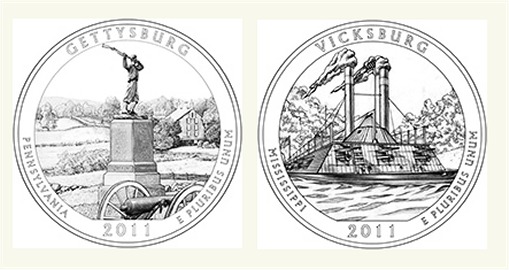You’ll permit me one last public thank-you to those who go out of their way to preserve and present historical sites; this story made the Virginia news in early February, and I thought it worth a mention.
This week’s collapse of a Civil War-era tobacco warehouse on Dunbar Drive has thrust a spotlight on another Lynchburg building — which now stands as the city’s sole surviving warehouse-turned-war-hospital.
“It’s sad,” said Crystal Morris, of family-owned Morris Construction, which occupies what historians refer to as the “Knight Building.” “This is the last one.”
During the Civil War, dozens of Lynchburg buildings were converted into hospitals to care for the wounded pouring in from battlefields.
The Knight Building, named for tobacconist John P. Knight, was called into service along with its neighbor across the street, known as the Miller Building.
Together, the two structures witnessed the deaths of more than 200 soldiers.
Here’s a look at the last remaining building, and the restored structure.

In an era of cheap construction, monster homes and mindless development, this section of the news piece was really heartwarming:
The Knight Building is a circa-1845 four-story brick warehouse. When Crystal and Steve Morris bought it in 1997, it was vacant, run down and filled with long-abandoned junk.
The building needed an enormous amount of work. The night after they agreed to buy it, Steve Morris woke up in a panic, wondering what he had done.
Today, historic restoration is a specialty of Morris Construction.
“We reworked the roof, repointed the brick, put steel supports in where we thought it was weak, fixed every window,” he said. “It’s been a lot of work, but we wanted to preserve it.”
The upper levels of the warehouse have their original floors, beams and, in some cases, windowpanes. The Morris family has opened it up in the past for historic re-enactments.
“One neat thing about this building is, every five or six months, the doorbell will ring and it will be someone whose traced their ancestor back to the war and back to here,” said Crystal Morris, adding they always are happy to let people upstairs to see the old hospital rooms.
“It seems to help them make a real connection,” she said. “To be where their ancestors were.”
It would be easy (and likely cheaper) for this family to turn people away, or to gut the structure and develop the inside. Instead, they’ve chosen not only to foot the bill for the preservation, but to invite strangers in to experience the surroundings. I like to think there’s an express lane to heaven (or at least a fast-track to preservation grant approvals) for people like these.
http://www2.newsadvance.com/news/2012/feb/03/tobacco-warehouse-turned-civil-war-hospital-last-o-ar-1660602/



